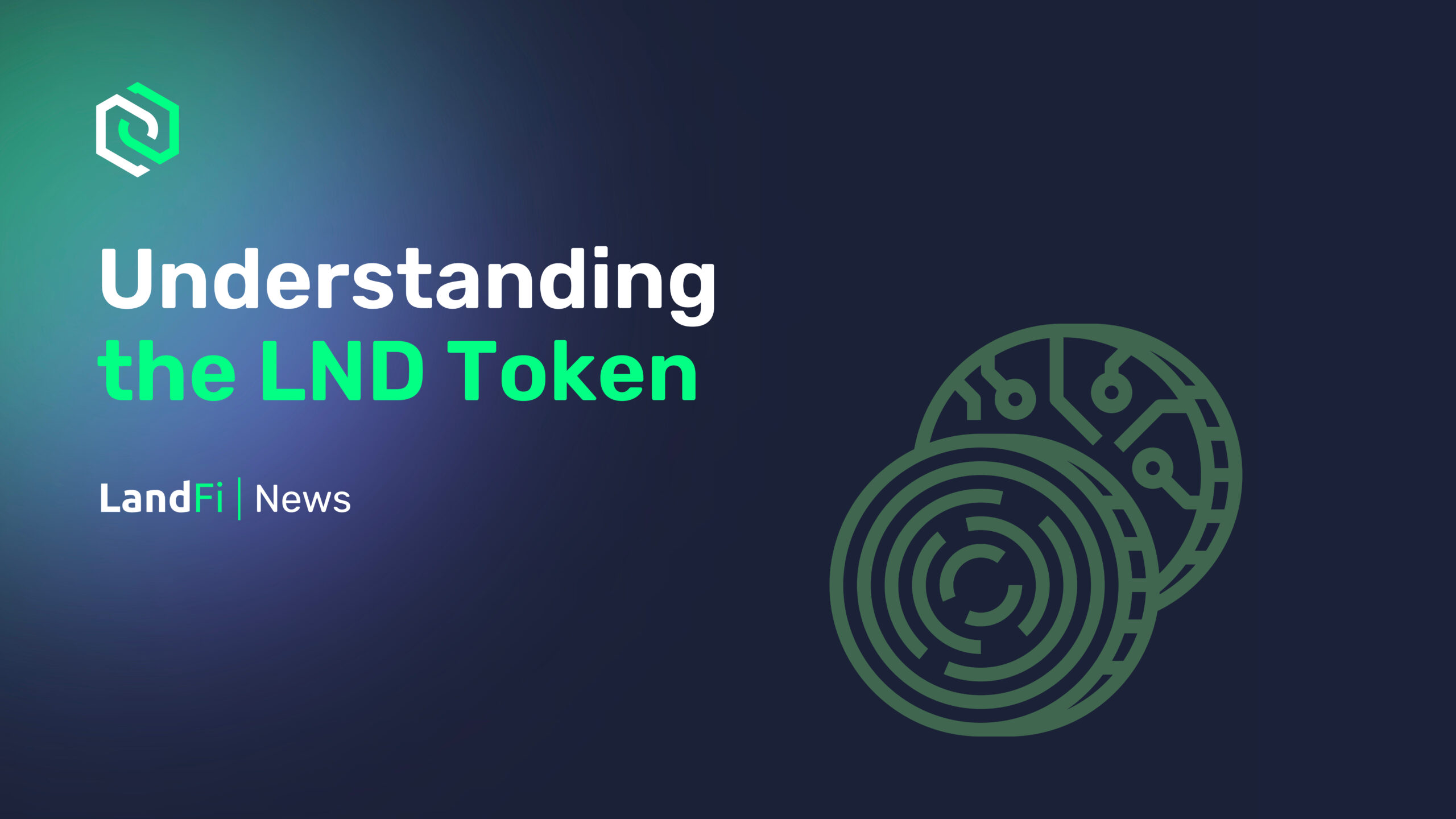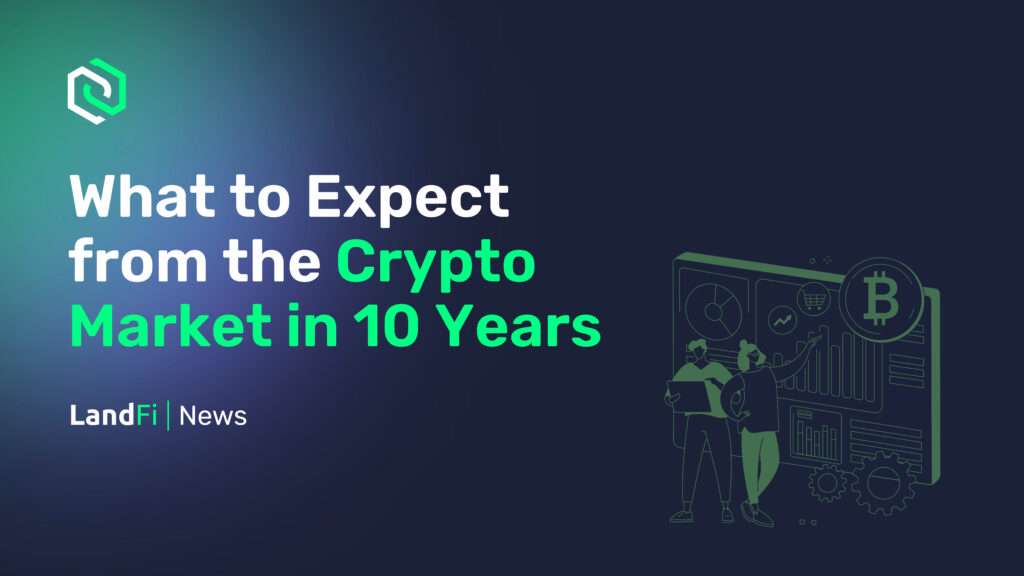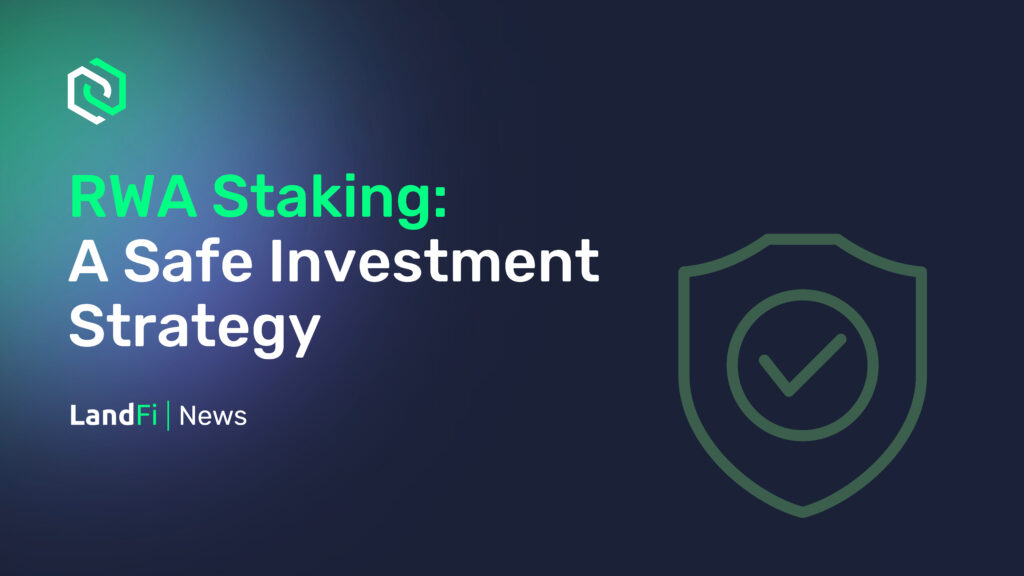LND is more than just the token that powers LandFi – it’s a functional part of how the platform works day to day. It connects users to real-world property activity, fuels participation through staking, and supports long-term sustainability with clear, deflationary mechanics. Here’s how it’s structured.
Utility That Drives Participation
LND is designed with real use in mind — it isn’t just something to trade.
- Access to Staking Pools
LND is required to join short-term staking pools that are tied to real estate cycles – including property auctions and virtual models linked to actual assets. - Tiered Access to Vaults
Some higher-yield vaults are only available to users who hold or stake a minimum amount of LND. This helps create demand and rewards long-term participation. - Re-staking Incentives
Users who restake their rewards across consecutive periods can earn bonus multipliers. This reduces sell pressure and encourages continued involvement.
Governance With a Real Role
Governance in LandFi isn’t just for show – it’s central to how decisions are made.
- DAO Voting
Anyone who stakes LND can vote on key ecosystem proposals, such as reward structures, vault strategies, and buy-back timing. - Governance-Weighted Pools
Some pools offer boosted rewards for users who take part in governance and lock their tokens for longer durations. It’s a way to align commitment with benefits.
Scarcity and Stability by Design
LND uses a fixed supply model — there’s no ongoing minting, and no inflationary rewards. The ecosystem is designed to reflect actual platform performance, not speculation.
1. USDC Rewards from Real Estate Revenue
A large portion of staking rewards are paid in USDC, funded by profits from LandFi’s real-world property activities. This creates a transparent, stable source of return that isn’t tied to token emissions.
2. Buy-Back and Burn Mechanism
30% of revenue from LandFi’s operations in real-world asset (RWA) businesses is reinvested into the token:
- One-third goes into USDC rewards for stakers
- One-third is used to buy back and burn LND
- One-third is allocated to the DAO treasury and reserve holdings
Buy-backs support market demand, while burns permanently reduce the circulating supply.
3. Updated Token Allocation and Supply Control
LND’s total supply is capped at 1 billion tokens, with distribution structured for long-term impact . For detailed token allocation visit the Whitepaper.
A Practical Model for Real DeFi
LandFi avoids the usual pitfalls of inflation and hype by focusing on actual revenue, short staking cycles (30–60 days), and USDC-based returns. The deflationary design and reward structure work together to create a token that holds up over time – not just during market pumps.
Final Thoughts
LND is built to serve – not to trend. Whether you’re staking for USDC rewards, voting on governance proposals, or holding to unlock premium vaults, the token exists to give you access, influence, and stability.
For anyone looking to engage with DeFi in a way that’s tied to real assets and long-term thinking, LND is one of the few projects combining utility, scarcity, and community control in a meaningful way.
The LND pre-sale will be starting soon. Visit LandFi.io to register your interest and reserve your slot.


